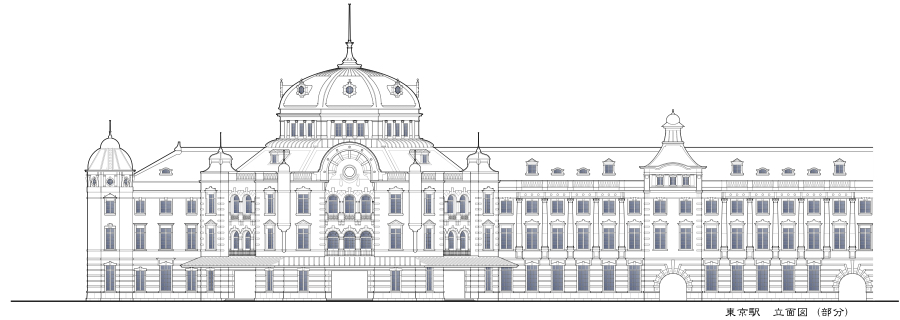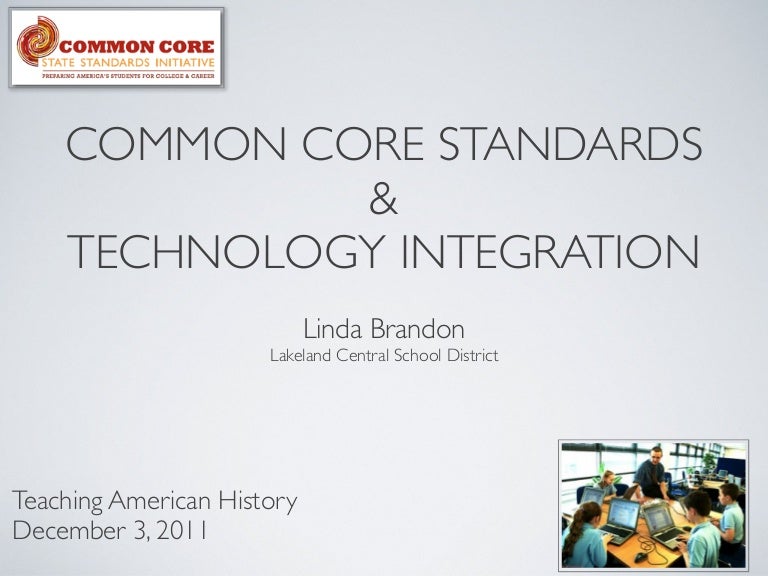

The simultaneous stimulation of NSCs with IL-6FCs and BMP has been shown to synergistically induce differentiation into astrocytes. In contrast, interleukin-6 (IL-6) family cytokines (IL-6FCs) are known to induce the differentiation of neural connective cells into astrocytes. It is involved in maintaining the undifferentiated state of NSCs and suppressing cell differentiation.

bHLH-type transcription factors are inhibited by HES and ID family molecules furthermore, Notch and bone morphogenetic protein (BMP) signals induce the expression of these inhibitory bHLH factors, thereby promoting the neuronal differentiation of NSCs and oligodendrogenesis. The bHLH-type transcription factors, Olig1 and Olig2, whose expression is induced by Sonic Hedgehog (Shh) signaling, have been shown to regulate differentiation into oligodendrocytes and induce oligodendrocyte maturation. The differentiation of NSCs into neurons is induced by promoting gene expression, and basic helix–loop–helix (bHLH)-type transcription factors are important for the differentiation of NSCs into oligodendrocytes and neurons. For example, differentiation into neurons can be induced by the transcription of the pro-neural gene, neurogenin1 ( Ngn1), followed by the induction of NeuroD gene expression. Previous studies have identified a large number of cellular extrinsic factors and transcription factors that control NSC differentiation this understanding facilitates our ability to induce the differentiation of NSCs into target cell types in vitro. To date, the understanding of the factors affecting neural differentiation and the development of the nervous system has developed rapidly via research on the differentiation mechanism of NSCs. Furthermore, in 1998, it was demonstrated that neural stem cells (NSCs) exist in the human subventricular zone (SVZ) and sub-granular zones of the hippocampal dentate gyrus, and it became clear that neurons are also produced in the adult human hippocampus. However, in 1965, newly generated neurons were observed in the hippocampus of adult rats. Since Cajal, a prominent 19th-century Spanish neuroanatomist, proposed that damaged central nerves cannot regenerate, it has long been believed that stem cells, the source of tissue regeneration, do not exist in the adult central nervous system.


In addition, because SOCS and VHL promote nerve regeneration, they are expected to be applied in neuronal regenerative medicine for traumatic brain injury and stroke. The mechanism of action of SOCS and VHL involved in neuronal differentiation and nervous system development is thought to be mediated through the inhibition of downstream signaling pathways, JAK-STAT, and hypoxia-inducible factor–vascular endothelial growth factor pathways. It has also been suggested that the inactivation of these proteins may lead to the development of nervous system malignancies and that these proteins may function as tumor suppressors. SOCS is involved in differentiation into neurons, whereas VHL is involved in differentiation into neurons and oligodendrocytes both proteins promote neurite outgrowth. Both SOCS and VHL induce neuronal differentiation. Both SOCS and VHL are expressed in the nervous system, predominantly in brain neurons in the embryonic stage.
#Socss form free Activator#
SOCSs not only act on the ubiquitin–proteasome system but also act directly on JAKs to suppress the Janus kinase–signal transduction and activator of transcription (JAK-STAT) pathway. The Janus kinase (JAK) is the main target protein of the E3 ligase SBC-Cul5, whereas hypoxia-inducible factor is the primary target protein of the E3 ligase VBC-Cul2 nonetheless, VBC-Cul2 also targets the JAK. These complexes degrade the target protein and suppress its downstream transduction pathway by acting as E3 ligases via the ubiquitin–proteasome system. SOCSs form SBC-Cul5/E3 complexes, and VHL forms a VBC-Cul2/E3 complex. SOCSs recruit Elongin C, Elongin B, Cullin5(Cul5), and Rbx2, whereas VHL recruits Elongin C, Elongin B, Cul2, and Rbx1. The SOCS and VHL proteins both contain homologous structures comprising the BC-box motif. Neural stem cells differentiate into three nervous system lineages, and the suppressor of cytokine signaling (SOCS) and von Hippel-Lindau (VHL) proteins are involved in this neuronal differentiation. The basic helix–loop–helix factors play a central role in neuronal differentiation and nervous system development, which involve the Notch and signal transducer and activator of transcription (STAT)/small mother against decapentaplegic signaling pathways.


 0 kommentar(er)
0 kommentar(er)
